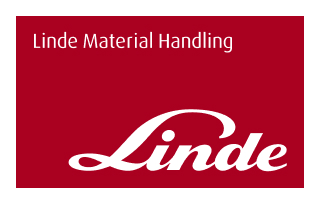- Blog
- Blog Article


Sustainability is no longer a corporate social responsibility (CSR) checkbox. From 1 January 2025, new mandatory sustainability reporting rules require Australian companies and financial institutions to publish annual reports that include climate-related financial disclosures.
This is a structural change in corporate reporting. Investors, lenders, customers and regulators will be able to compare climate exposure and plans in the same way they compare balance sheets and profit and loss.
Australia’s new sustainability reporting framework draws on the Australian Sustainability Reporting Standards (AASB S1 and AASB S2), and establishes detailed guidelines on what must be disclosed, covering governance, strategy, risk management, metrics and targets, with climate-related financial information at the core.
Reporting will be phased in by company size, starting with the largest and most emission-intensive companies. External assurance will also apply, with climate disclosures eventually audited to the same standard as financial statements.
Materials handling companies, including equipment manufacturers, fleet operators, warehouse owners and logistics providers, are at the centre of emissions and supply chain exposure. Every forklift, service vehicle and warehouse energy system contributes to a business’s measurable carbon footprint, and the way they are powered, managed and maintained will need to be reported with the same rigour as financial data.
Customers want to know how their goods are stored, moved and delivered. Procurement teams want suppliers that can ensure low-emission fleets or facilities. And global companies are passing Scope 3 requirements down their supply chains. Even independent operators will be expected to provide audited data. MHE companies face three direct channels of impact:
Yes, compliance brings cost and complexity, but the upside is significant: better risk management, lower lifecycle costs through electrification and efficiency, stronger ties with customers transitioning their own fleets, and improved access to capital from ESG-focused investors.
For materials handling companies, this is an opportunity to demonstrate leadership. Companies that act now will not only be ready for mandatory reporting, but will also convert sustainability into a source of competitive advantage.
Mandatory sustainability reporting is not just about disclosure. It is a chance to reframe operational decisions through the lens of resilience and opportunity. For materials handling firms, it accelerates innovation, from electrifying fleets and digitising asset management to redesigning service models and building stronger supply chain partnerships.
The first reporting windows are already open. Stakeholders will expect transparent, audited, decision-useful information, just as they do for financial performance. The companies that prepare early will be the ones leading the industry into a greener future.
Keep up to date with the latest in material handling reliability, safety and innovation by visiting our Content Hub and subscribing to our quarterly newsletter. And for the latest news and updates on all things Linde, follow us on LinkedIn.
VISIT CONTENT HUB